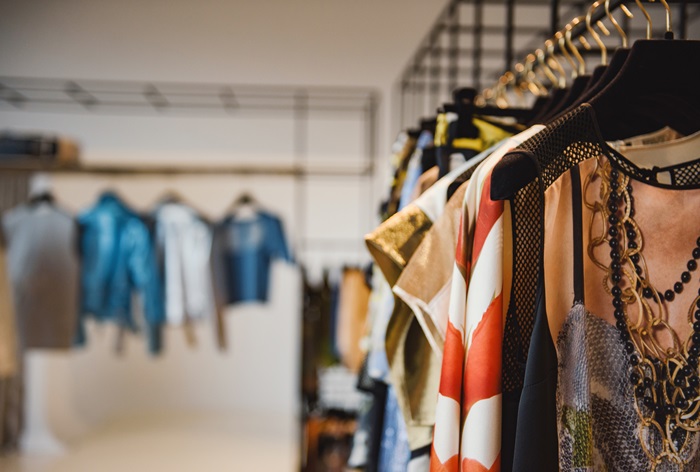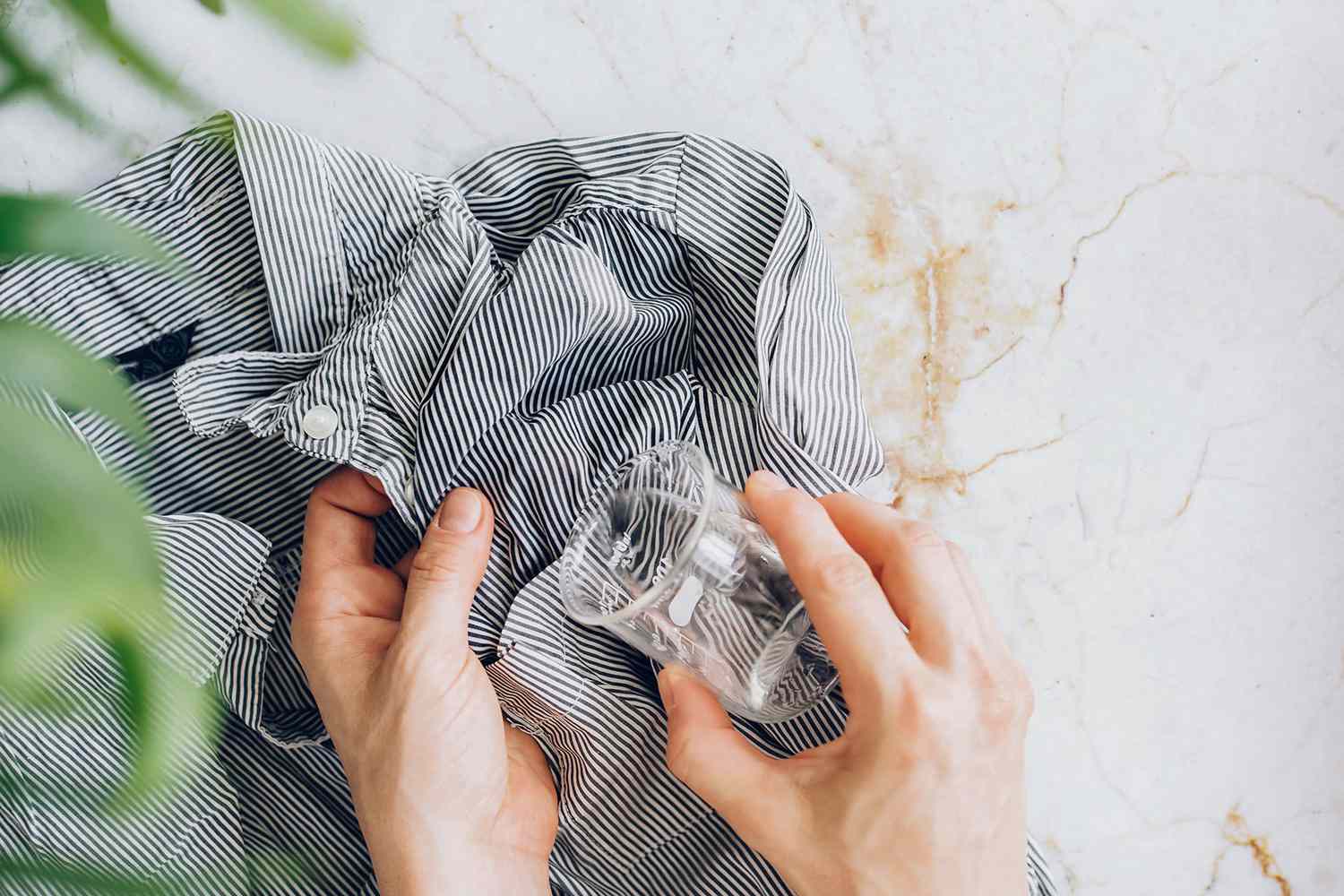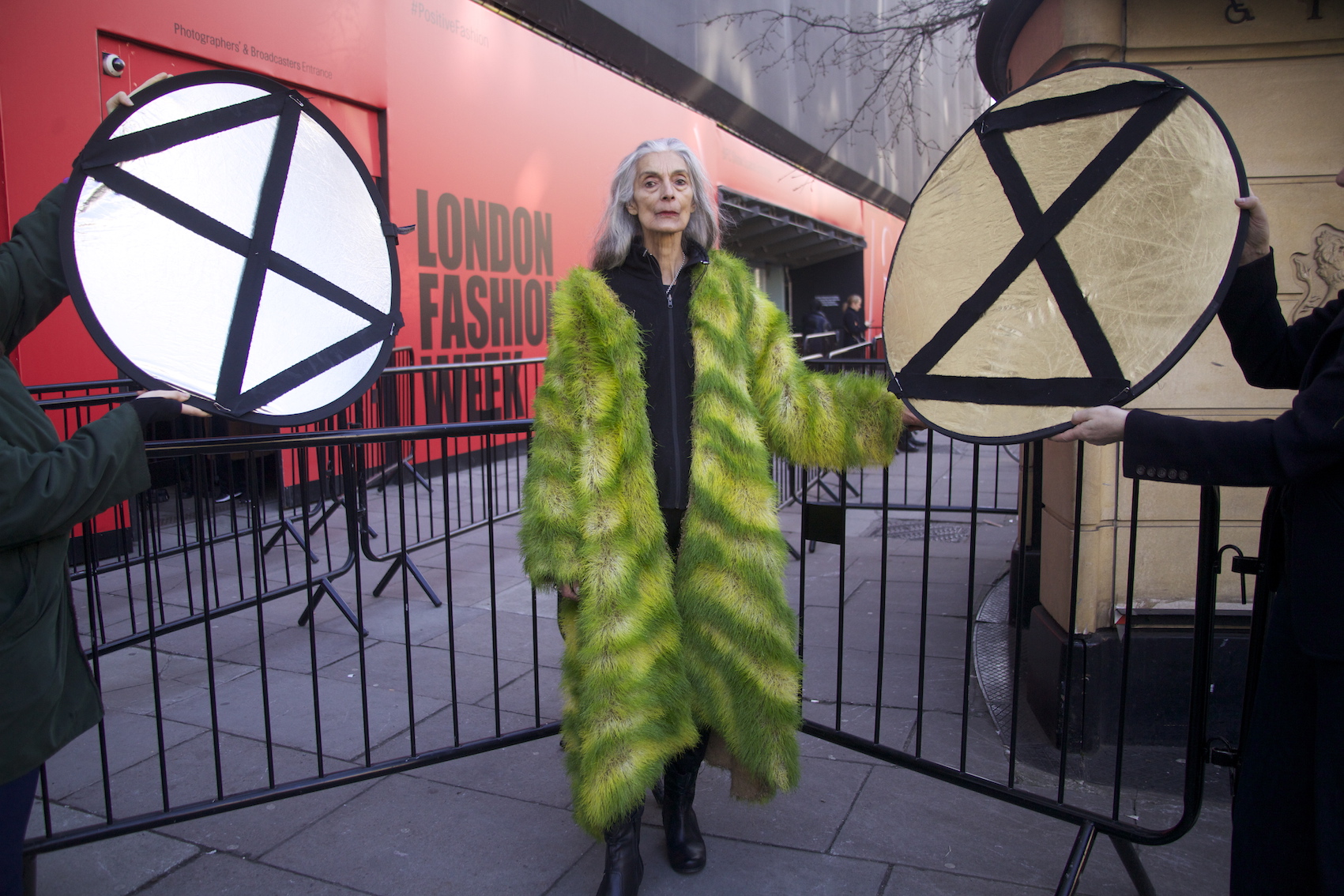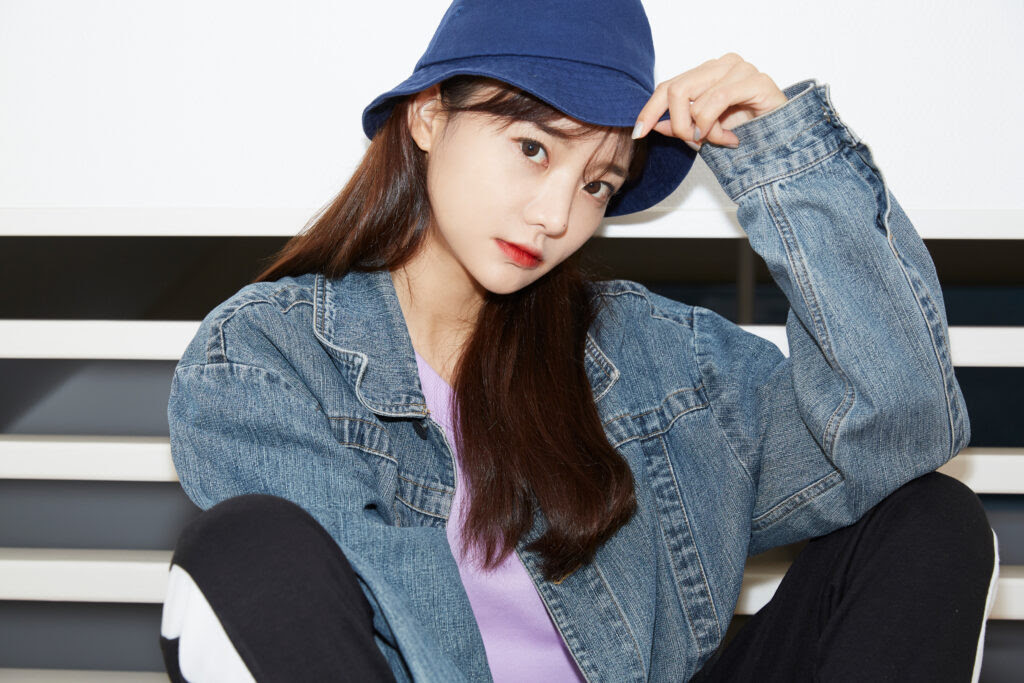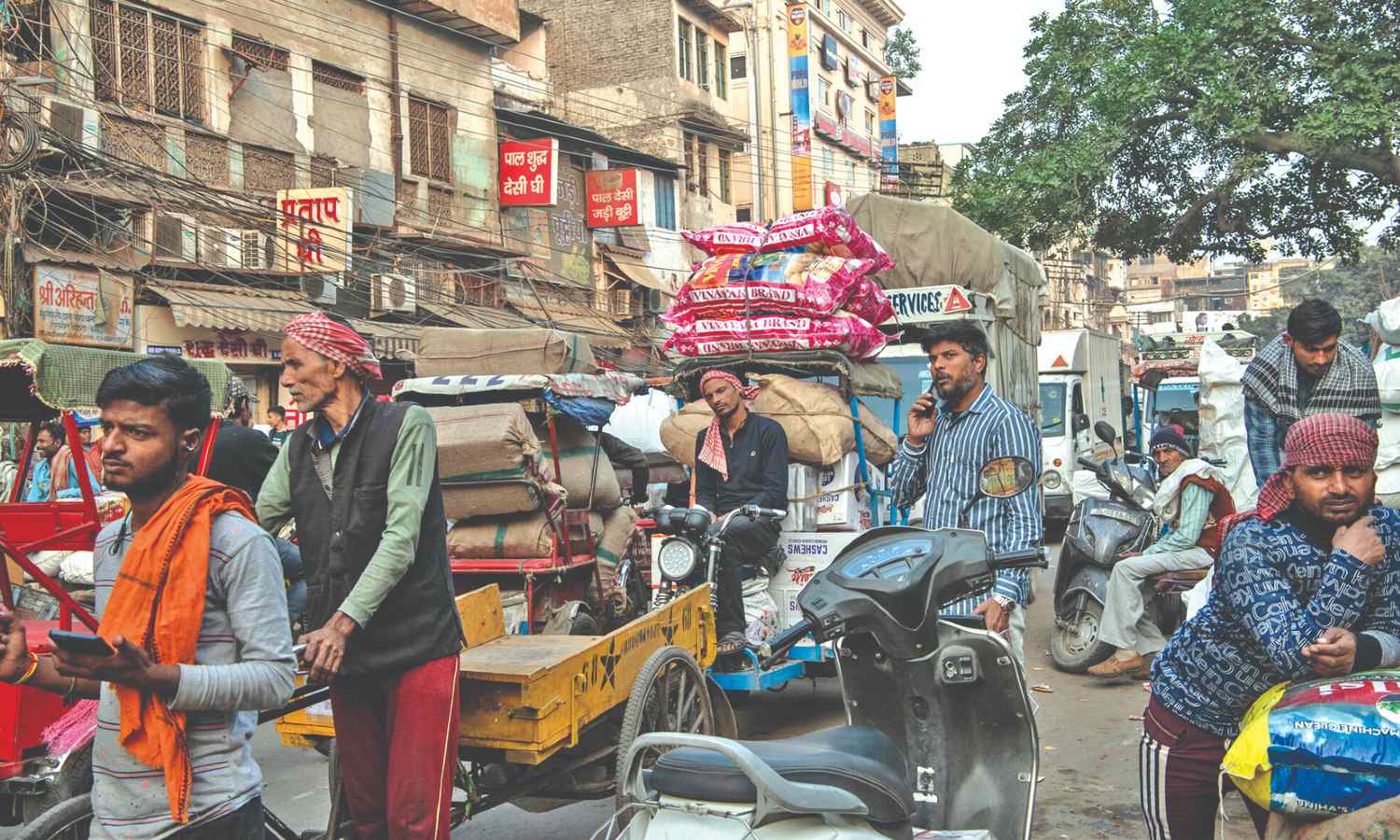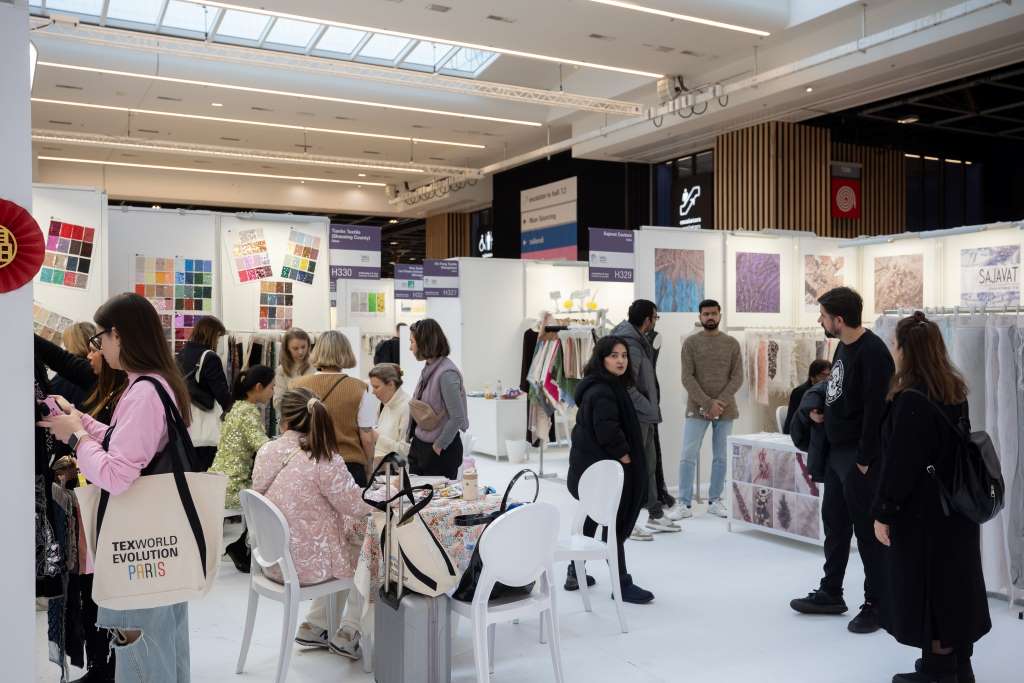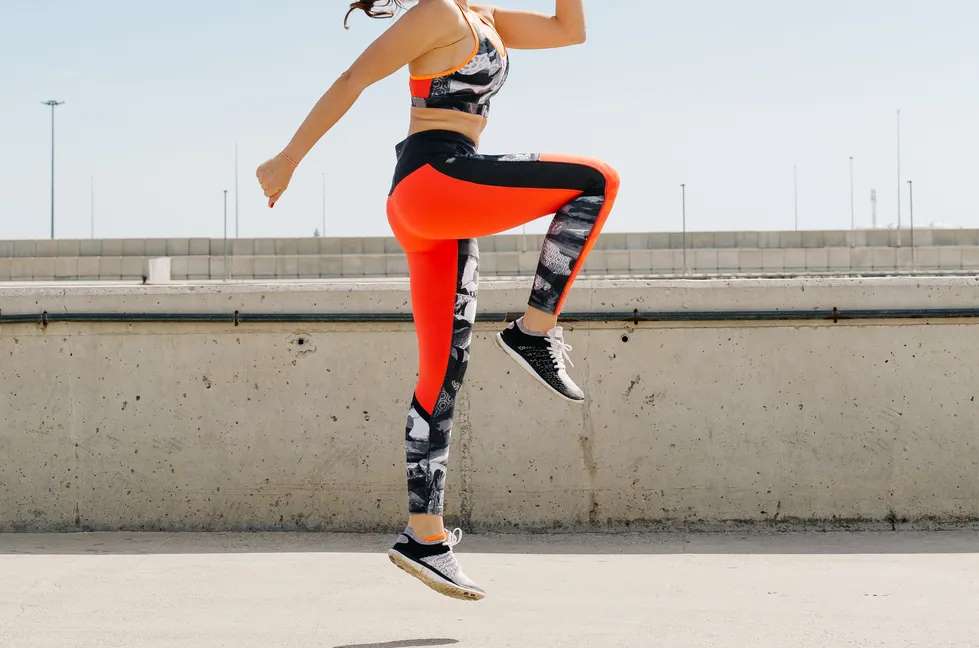FW
Facing stiff competition from China, Bangladesh struggled to seize a larger portion of the expanding global apparel market in 2024.
As per a report by Quality Inspection Management (QIMA), China bagged maximum export orders during the first quarter of the year despite a 20 per cent increase in demand for textile and apparel inspections and audits from garment manufacturing countries like Bangladesh.
Though both the US and EU-based companies increased procurement from Bangladesh during the year, the government’s policy shift to reduce cash incentives for garment exports led a rise in China’s popularity among apparel brands.
Industry insiders like Fazlul Hoque, former President, BKMEA, also cited increasing production costs and aggressive pricing strategies by competitors as factors contributing to Bangladesh's loss of competitiveness in the global market.
Meanwhile, China witnessed a rebound in demand from Western markets, with US-based buyers showing a 12 per cent Y-o-Y growth in inspections and audits, and European brands experiencing even faster growth rates. Other regions, including Asia, Latin America, and South America, also displayed significant interest in China's manufacturing capabilities.
Recent data from the US Department of Commerce’s Office of Textiles and Apparel (OTEXA) and Eurostat highlights Bangladesh's declining apparel exports compared to its counterparts. In Jan-Feb’24, Bangladesh experienced a significant drop in exports to both the US and the EU, while China and Vietnam managed to maintain or slightly increase their export volumes during the same period.
These challenges underscored the need for Bangladesh to address rising production costs and enhance competitiveness to reclaim its position in the global apparel market.
In FY’23-24, until November 2023, India's total cotton production decreased to 31.6 million bales of 170 kg each from 34.3 million bales in FY’22-23.
The Central Zone, encompassing states like Gujarat, Maharashtra, and Madhya Pradesh, emerged as the largest producer of cotton in India during FY’22-23. Within this zone, Gujarat was the highest contributor, producing 9.49 million bales. Saurashtra, comprising 70 per cent of Gujarat's cotton production played a pivotal role in this achievement.
In Maharashtra, Vidarbha's districts, including Yavatamal, Buldhana, Akola, Amravati, Nagpur, Washim, and Wardha, were significant contributors to the state's cotton production.
The Southern Zone, consisting of states like Telangana, Andhra Pradesh, Karnataka, and Tamil Nadu, ranked as the second-largest producer of cotton in India, contributing approximately 28.5 per cent of the nation's cotton output. Telangana emerged as the leading producer in this zone and the third-largest nationally, with a contribution of 5.31 million bales
The value of India's cotton exports reached $5.3 billion in the 2023-2024 period until January 2024. However, there has been a fluctuation in export values over recent years, with $5.66 billion in 2022-23, a decline from $10.78 billion in 2021-22, and US$ 6.3 billion in 2020-21. Despite these fluctuations, cotton exports remain a significant component of India's total exports.
To further enhance the textile industry's performance, the Government of India, in collaboration with the Export Promotion Council, has set a long-term target of achieving $100 billion in textile exports by 2025-26. This objective involves increasing productivity from the current level of around 450 kg lint per hectare to at least 800-900 kg lint per hectare.
One of the oldest US and most authentic sportswear brands, Gant is celebrating its 75th anniversary with the opening of an exhibition and installation in Berlin.
Being held at Highsnobiety's new flagship store in Berlin from Apr 12-May 8, 2024, the exhibit tells the story of this authentic American East Coast brand since its inception in 1949.
Curated by Herbert Hofmann, VP creative and buying, Highsnobiety, the exhibition sheds light on the history of one of the first American sportswear brands, examines its influence on the fashion industry and shows iconic pieces like Old Oxford button-down shirts, college classics and Ivy League memorabilia from its founding in New Haven in 1949 to the present day.
The exhibit was created by Christopher Bastin, Creative Director, Gant who aimed to open the brand’s archive and show it to a vast number of consumers and insiders.
The installation is accompanied by an exclusive interview with one of the founders, Marty Gant, which takes visitors on a journey back to 1950s Americana.
Renowned international fashion and luxury conglomerate overseeing brands like Diesel, Jil Sander, Maison Margiela, Marni, Viktor & Rolf, as well as holding stakes in companies like Staff International and Brave Kid, OTB has unveiled its third Sustainability Report.
The report delineates OTB strides and accomplishments concerning environmental, social and governances in 2023 through a meticulous monitoring and reporting processes. The group persists in its dedication to sustainability by remaining rooted in its three pillars—‘The New Fashion System,’ ‘Protecting our Planet,’ and ‘Brave Together.’
Under the ‘The New Fashion System’ pillar, OTB focuses on adopting solutions that prioritise minimal environmental impact, circularity and product longevity, and advocating for responsible materials and treatments.
To achieve this, OTB has pledged to ensure that 25 per cent of total purchases are from only certified materials adhering to environmental and animal welfare standards, constituting.
Each brand within the group is actively contributing to this endeavor. For instance, Diesel's denim collections strive to incorporate over 50 per cent organic, recycled, and regenerative cotton.
In parallel, OTB allocates significant resources to combat counterfeiting, crucial for ensuring consumer safety and brand integrity. The group also continues to pioneer technological solutions for product authenticity. Through collaborations like the Aura Blockchain Consortium, over 580,000 products from Marni, Maison Margiela, and Jil Sander were encrypted on the blockchain platform, marking a 200 per cent increase from the previous year, totaling over 800,000 products. Additionally, OTB is deeply involved in projects nurturing the growth and development of its value chain partners, with initiatives like the ‘M.A.D.E. - Made in Italy, Made Perfectly’ docuseries and the C.A.S.H. project.
Under the ‘Protecting the Planet’ pillar, OTB received validation of its environmental impact reduction targets from the Science Based Target initiative (SBTi), recording a significant decrease in emissions and substantial use of renewable energy sources.
As a member of The Fashion Pact, OTB is committed to reducing the environmental footprint of the industry and promoting circular models, exemplified by initiatives like the Re.Crea Consortium.
Lastly, within the ‘Brave Together’ pillar, OTB champions socially sustainable initiatives, including gender equality efforts and impactful projects supported by the OTB Foundation.
Renzo Rosso, Chairman and Founder, OTB Group, emphasises, sustainability is a mindset shared across the Group, with 2023 marking significant milestones in environmental achievements and social impact. He urges the industry to make collaborative efforts to drive substantial change and attain even more ambitious goals.
A key city in South India, Hyderabad played host to the Indian fashion lifestyle exhibition-Sutraa over a span of two days from April 23-24, 2024 at Hotel Taj Krishna.
Serving as a platform to unite artists and independent designers, the exhibition, Sutraa offered visitors, an unparalleled experience. Leaving behind an indelible mark on visitors, the trade show showcased Hyderabad's rich textile heritage and architectural splendor.
Over 65 designers from across India participated in the exhibition, showcasing everything from exquisite couture for women, children, and men to bespoke jewelry, handcrafted footwear, designer clutches, and captivating home décor.
Serving as a nexus for retailers, Sutraa offered an array of contemporary designs for both men and women. The event proved to be a melting pot of innovative ideas and cutting-edge fashion concepts.
For brands and companies, Sutraa served a platform to carve out their niche in the industry. The exhibition enabled participants to redefine the landscape of apparel retail by integrating inventive techniques and latest technologies.
Going beyond seasoned professionals, Sutraa served as a platform for aspiring designers and fashion enthusiasts alike. Attendees at the event gained insights from the speeches of the industry stalwarts and immersed themselves in the latest trends from across the nation.
Kering, a prominent player in the luxury fashion industry, grappled with significant challenges in the first quarter of 2024, marking a stark decline in its performance. François-Henri Pinault, Chairman and CEO, acknowledged the tough start to the year, citing sluggish market conditions, especially in China, and strategic shifts within key brands, notably Gucci, as exacerbating factors impacting the company's revenue trajectory.
Consequently, Kering anticipates a substantial drop in operating profit for the first half of the year, underscoring the urgency to navigate through current headwinds and rebuild a resilient foundation for sustained growth.
In the first quarter of 2024, Kering reported a notable 11 per cent decrease in revenue, amounting to €4.5 billion. This decline, both as reported and on a comparable basis, reflects the ongoing transitions within the group's portfolio of luxury houses. Within its retail network, revenue plummeted by 11% on a comparable basis, primarily due to diminished store traffic, with Asia-Pacific experiencing a sharper decline compared to other regions.
Gucci, Kering's flagship brand, faced a substantial revenue drop of 21 per cent as reported and 18 per cent on a comparable basis, totaling €2.1 billion. Despite positive reception for its new collections, particularly in ready-to-wear and shoes categories, Gucci's retail network revenue suffered a 19 per cent decline on a comparable basis, prominently affected by the downturn in Asia-Pacific.
Yves Saint Laurent witnessed a more moderate decline, with revenue down 8 per cent as reported and 6 per cent on a comparable basis, amounting to €740 million. While the brand demonstrated resilience in certain regions like Japan and North America, tough market conditions in Asia-Pacific impacted its overall performance.
Bottega Veneta, however, showed signs of stability with a marginal 2 per cent decrease in revenue as reported and a 2 per cent increase on a comparable basis, totaling €388 million. The brand experienced growth in its retail network, particularly in North America, Western Europe, and the Middle East, offsetting a slight decline in Asia-Pacific.
The revenue from Kering's Other Houses totaled €824 million, marking a 7 per cent decline as reported and 6 per cent on a comparable basis. Notably, Balenciaga and Boucheron demonstrated resilience and growth in various regions.
Looking ahead, Kering remains committed to its long-term vision of fostering brand desirability, exclusivity, and sustainability. However, amidst ongoing economic uncertainties, the company anticipates a significant decline in recurring operating income for the first half of 2024. Despite this, Kering emphasizes prioritizing investments supporting the strategic development of its brands while implementing cost optimization measures to navigate through the current challenging landscape.
A recent nationwide survey conducted by the Council of Scientific and Industrial Research–Central Leather Research Institute (CSIR–CLRI), under the Ministry of Commerce, to establish the Indian Footwear Sizing System had led to the proposal of a new sizing standard called ‘Bha.’.
The new proposed sizing standard would have eight footwear sizes, covering all age groups from infants to adults. Initially focusing on sizes III to VIII, the system aims to accommodate the majority of the population.
CSIR-CLRI emphasised the necessity of developing an Indian Footwear Sizing System based on the foot dimensions of the Indian population. They highlighted the fundamental differences between Indian and English feet, indicating that the existing adapted English sizing system may not provide optimal comfort for Indian feet.
Conducted across 79 locations in five geographical zones from December 2021 to March 2022, the survey involved over 101,880 individuals. Utilising advanced 3D foot scanning technology, researchers gained insights into the size, dimensions, and structure of Indian feet. Surprisingly, the findings revealed that Indian feet tend to be wider compared to European or American counterparts, necessitating a tailored sizing approach.
The adoption of 'Bha' could offer significant benefits to both users and manufacturers. By standardising to eight sizes, manufacturers can streamline production processes, eliminating the complexity of half-sizes and enhancing efficiency.
CSIR–CLRI has submitted its recommendations to the Department of Promotion of Industry and Internal Trade (DPIIT) under the Union Ministry of Commerce, who then forwarded them to the Bureau of Indian Standards (BIS) for approval. This signals a potential shift in the footwear industry landscape in India.
Experiencing a rapid growth, the Indian fashion ecommerce landscape is projected to grow at a CAGR of 25 per cent, exceeding $112 billion by 2030-end. According to Inc42’s latest ‘State Of Indian Ecommerce, Q1 2024 report, over 200 fashion ecommerce startups have collectively amassed over $2.2 billion in funding between 2018 and 2023, with Delhi NCR emerging as the fashion capital, raising over $1.4 billion in 60+ deals, surpassing Mumbai and Bengaluru.
The report highlights the increasing frequency of wardrobe upgrades among Indians, particularly in Tier II cities and beyond. Women’s apparel and accessories are expected to dominate, capturing 50 per cent of the market share by 2030, presenting a $56 billion opportunity. Men’s and kids’ segments follow closely, accounting for 29 per cent and 21 per cent of the market share, respectively.
D2C fashion brands have secured 93 per cent of the total investments. LensKart leads with $1.3 billion, alongside notable names like Bewakoof, BlueStone, Melorra, and XYXX. Late-stage startups attracted 80 per cent of the total funding, indicating significant investor interest in the sector.
AI integration is reshaping the Indian ecommerce landscape, with startups employing AI for personalised recommendations and leveraging machine learning algorithms. Meesho uses AI-powered chatbots to manage inquiries, while Myntra’s 'My Stylist' provides personalised fashion recommendations, enhancing the shopping experience.
Despite facing funding challenges, the sector continues to thrive, fueled by D2C startups and innovative technologies like generative AI. This technological advancement is crucial for the industry's growth, projected to reach over $400 billion by 2030.
Fueled by a surge in fitness consciousness and a preference for comfortable, multipurpose clothing, the Indian athlesiure wear market is flourishing. Factors like remote work and accessible e-commerce have reshaped consumer choices, driving the demand for athleisure. This growth is further boosted by affordable local brands, with athleisure becoming a symbol of status.
India hosts numerous internet-first brands like HRX, Aastey, Blissclub, and Zymrat. According to industry analyses, the Indian sports apparel market was valued at $673.34 million in 2022, projected to reach $1926.10 million by 2029, growing at a CAGR of 16.2 per cent. The COVID-19 pandemic spurred a shift towards home fitness, contributing to the rise of athleisure, which blends fashion with functionality for everyday wear.
The emergence of sneaker culture and athleisure as a mainstream movement has reshaped the industry. While global giants like Nike, Puma, and Adidas dominate, there's a rising demand for affordable brands catering to Indian consumers. Indian brands like HRX focus on community engagement, fostering brand loyalty through initiatives like fitness challenges and workshops.
Direct-to-consumer brands like Blissclub tailor offerings to Indian preferences while aligning with global trends. They address diverse needs, such as offering plus-size ranges, carving unique market positions. Marketing strategies of homegrown brands emphasise online communities and engagement activities, leveraging social media to connect with consumers authentically.
An international player, Puma harnesses influencer marketing, engaging micro and nano influencers alongside celebrities. India's youthful demographic, with 50 per cent under 25 years old, drives the athleisure market. Millennials and Gen Z prioritise health and wellness, seeking trendy activewear for self-expression.
The increasing participation of women in the workforce, at 26.9 per cent in 2023, has spurred growth in women's athleisure products. Versatile options that transition from gym to work environments are in demand. Additionally, urbanisation, with over 35 per cen of the population residing in large cities, contributes to the market's dynamism. Urban dwellers lead active lifestyles and invest in fashionable athleisure, further propelling market growth.
In essence, India's athleisure market thrives on a confluence of factors, including shifting lifestyles, evolving consumer preferences, and targeted marketing strategies by both local and international brands.
Mango’s efforts to solidify its position as fashion powerhouse through strategic partnerships with esteemed brands like American Simon Miller and Italian Boglioni, has culminated in a significant collection in collaboration with Victoria Beckham, a move that aligns perfectly with Mango's vision of merging high fashion with accessible retail.
During the company’s recent annual results presentation, Toni Ruiz, CEO, Mango, unveiled a strategic plan to reinforce the brand’s value proposition centered on quality and in-house design, with ambitious targets to reach a net profit of €350 million and surpassing €4 billion in turnover by 2026.
The collaboration with Victoria Beckham marks a pivotal moment for Mango, coinciding with its 40th anniversary. Available in select stores across 26 countries and online in over 90 markets, the collection underscores Mango's commitment to expanding its presence, particularly in key markets like the UK and the US. Luis Casacuberta, Director-Product and Sustainability, Mango, emphasises the significance of this collaboration in democratising fashion.
Comprising 39 garments and 15 accessories, the collection blends Beckham's signature style with Mango's ethos of accessibility. With prices ranging from 40 to 250 euros, the capsule collection offers timeless pieces designed to resonate with a diverse audience.
Inspired by 1970s aesthetics and referencing the film 'La Piscine', the collection exudes a sense of sophistication and femininity. Beckham herself described the pieces as ‘sensual and feminine,’ catering to the modern woman seeking both style and functionality.
For Beckham, this collaboration represents more than just a business opportunity—it's about shared values and aesthetics. By leveraging their combined experience, Mango and Beckham aim to create a modern, inclusive wardrobe that resonates with their respective audiences.

